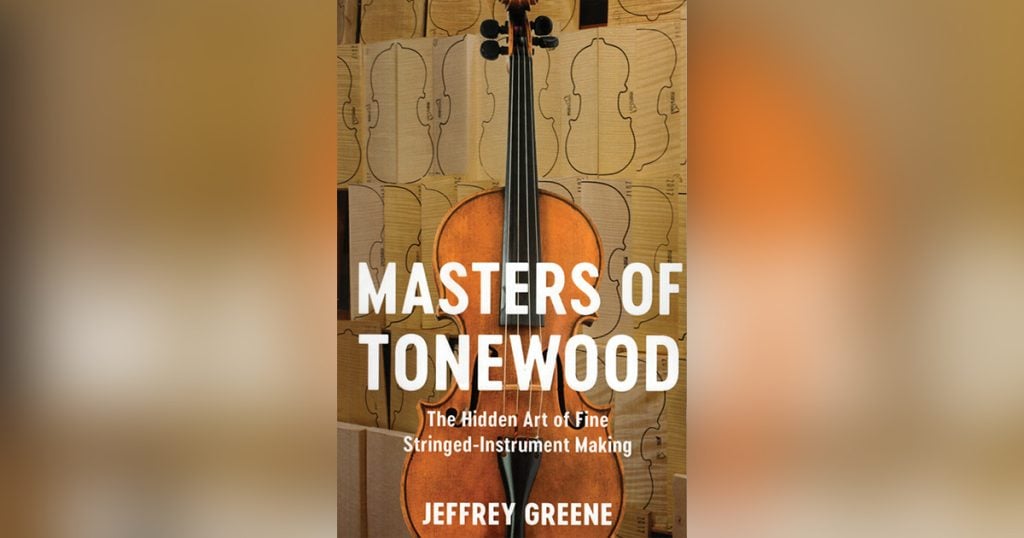Masters of Tonewood: The Hidden Art of Fine Stringed-Instrument Making
Many bluegrass musicians love to “geek-out” about their instruments. They talk about the make, the model, the builder, the year it was built, the woods used, the dimensions, the strings, the bridges, the tuners, the nuts and saddles…it is not uncommon for anything and everything about the instruments to be studied, analyzed and discussed. Since the majority of each of the bluegrass instruments are made of wood, one of the main topics of any discussion about bluegrass instruments revolves around the wood.
If you find yourself engaged in discussions about bluegrass instrument tone woods, and are interested in learning about more about the topic, this new book from Jeffrey Greene and University of Virginia Press is something that you can use to increase your knowledge. Although this book focuses more on the violin family of instruments and the wood sources and instrument builders in Europe, there is still a lot of interesting and valuable information that players of any wooden instrument can gain.
Greene reaches back in history and provides the reader information about the tone woods—and the forests and trees from which they came—for legendary luthiers such as Stadivari and Guarneri. He also discusses some of the famous instruments that these builders produced and the artists who have owned and/or performed on these instruments.
The chapters of this book are primarily divided into different forests and regions of Europe where the best tonewoods are found, such as the Cremona and Paneveggio Forest, the Franco-Swiss Jura Mountains, Rougemont in Switzerland, and forests in Austria, Romania, Poland, and Czech Republic. The synopsis of the book calls these the “seven near-mythic European forests.” Greene dives into the history of these regions and forests, the woods that are found there, and the qualities of these woods that make them exceptional for stinged instruments.
In addition to discussing the legends of luthiery, he also interviews modern day European luthiers, millers, foresters and musicians. Through the knowledge gained in these interviews, Greene is able to help the reader understand more about tonewood qualities and selection—primarily focusing on spruce and maple.
Even if you do not play a violin family instrument (the fiddle and bass in a bluegrass band), this book will provide you with interesting information about the history of the tonewoods that are used on your instrument and the qualities which make those woods ideal for use on your instrument. So, if you are an instrument “nerd,” who likes to “geek-out” about your instrument, I recommend reading this book because it will help take you to a whole new level.

